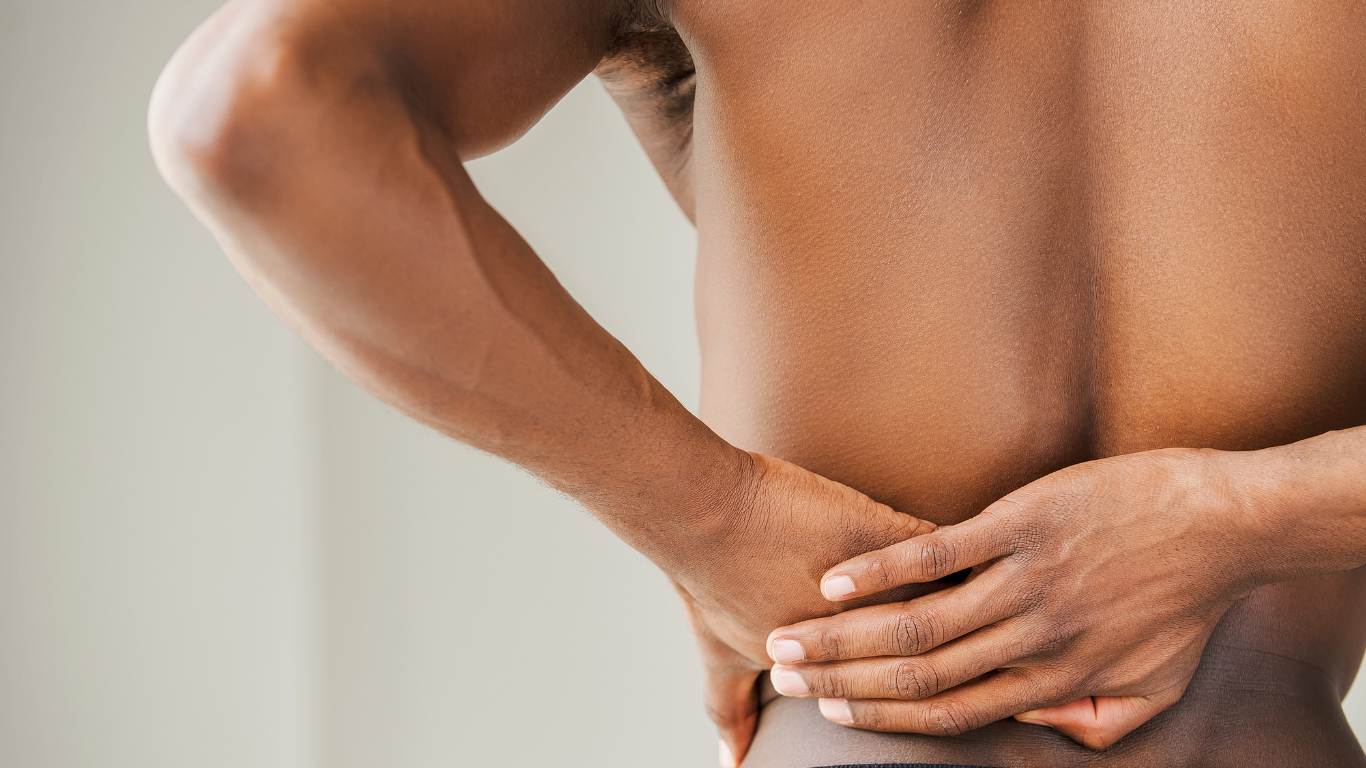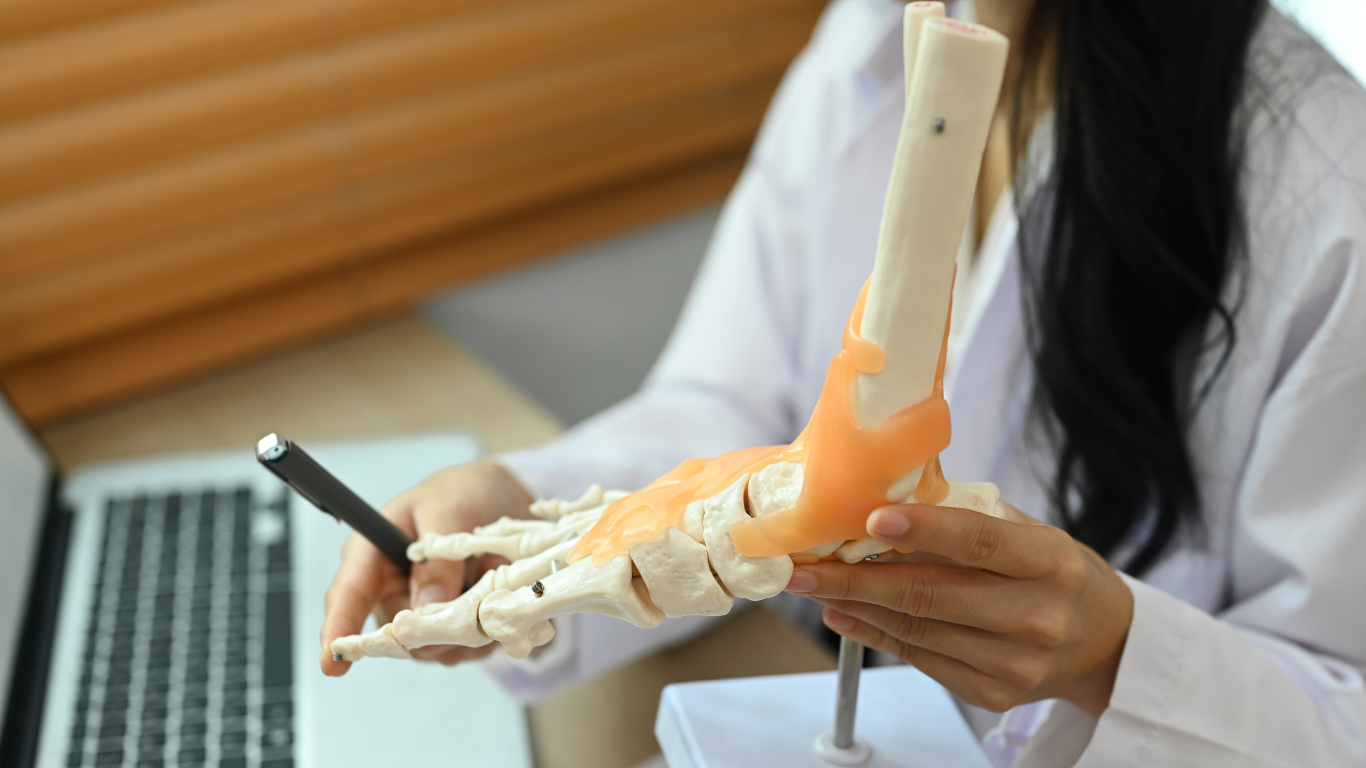Recovering from ACL (anterior cruciate ligament) surgery requires patience, dedication, and a structured rehabilitation plan. While the road to full recovery may seem daunting, understanding the timeline and what to expect at each stage can ease anxiety and set you up for success. In this guide, Dr. Max, a renowned orthopedic surgeon, breaks down the recovery process into manageable phases, providing insights to help you navigate your journey to recovery.
Understanding ACL Surgery: What to Expect
Before diving into the recovery process, it’s important to have a clear understanding of what ACL surgery involves. The ACL is a critical ligament in the knee that provides stability, and when torn, it often requires surgical reconstruction. Typically, ACL surgery involves grafting tissue from the patient’s body (autograft) or a donor (allograft) to reconstruct the damaged ligament.
- Surgical Overview: A minimally invasive procedure using arthroscopy.
- Procedure Duration: Usually 1-2 hours.
- Immediate Post-Surgery: Patients can expect some swelling, stiffness, and pain.
Understanding the surgery can help patients feel more prepared for the recovery timeline.
The First Week: Immediate Post-Surgery Care
The first week after ACL surgery is crucial for setting the foundation for a smooth recovery. During this time, the focus is on managing pain, reducing swelling, and protecting the knee. Dr. Max emphasizes the importance of closely following post-surgery care instructions.
- Pain Management: Prescribed pain medication and ice therapy are essential for controlling discomfort.
- Swelling Reduction: Keeping the leg elevated and using compression helps minimize swelling.
- Immobilization: Most patients need a knee brace or crutches to prevent strain on the new graft.
- Early Physical Therapy: Gentle range-of-motion exercises may begin to control stiffness and maintain circulation.
While this period is challenging, adhering to these steps can help accelerate the healing process.
Weeks 2-4: Restoring Mobility and Reducing Swelling
During weeks two through four, the focus shifts to gradually increasing mobility while continuing to manage pain and swelling.
- Increased Movement: Patients will begin gentle exercises to regain flexibility, such as bending and straightening the knee. Partial weight-bearing exercises may also be introduced, depending on Dr. Max's assessment.
- Swelling Control: Ice and compression remain key, especially after physical therapy sessions.
- Physical Therapy: Our physical therapist will guide patients through exercises to strengthen the quadriceps and hamstrings without straining the ACL graft.
Although progress may feel slow, this phase is crucial for preventing complications such as scar tissue buildup and stiffness.
Weeks 5-8: Strength Building and Improved Mobility
By this stage, most patients experience noticeable improvements in mobility and strength. Dr. Max's recovery plan focuses on restoring function while continuing to protect the new ACL.
- Strengthening Focus: Exercises targeting the quads, hamstrings, and hips are important for rebuilding strength and stability.
- Weight-Bearing Exercises: Patients may begin putting more weight on the knee, as directed by Dr. Max.
- Balance and Stability: Balance exercises are incorporated to retrain the muscles around the knee.
- Reduced Pain: Pain should now be minimal, but it’s important not to overexert the knee.
Months 3-4: Return to Functional Activities
As patients reach the three- to four-month mark, they may begin engaging in more functional activities that mimic everyday movements. This is a key transition phase, where the knee regains the ability to handle more strenuous tasks.
- Functional Training: Exercises that simulate daily activities like walking, climbing stairs, and moving from sitting to standing are important at this stage.
- Light Cardio: Low-impact cardio exercises, such as cycling or swimming, may be introduced depending on the patient's progress.
- Full Weight Bearing: Most patients will walk without crutches by this stage, although a knee brace might still be necessary for support.
This period is crucial for building confidence in the strength and stability of the knee.
Months 5-6: Preparing for a Return to Sports
Many patients, especially athletes, are eager to return to their previous levels of activity. However, Dr. Max stresses the importance of not rushing the process.
- Advanced Strength Training: At this point, patients focus on sports-specific exercises, plyometrics, and agility training.
- High-Impact Activities: Light jogging or jumping drills may be introduced depending on how the knee responds.
- Continued Physical Therapy: Regular sessions are crucial to ensure the knee is ready for the demands of sports.
Dr. Max will evaluate if the patient can resume high-intensity activities or sports.
Months 7-9: Return to Sport and Full Activity
Between months seven and nine, most patients are ready to return to their pre-injury physical activity levels. Dr. Max advises a gradual approach to prevent re-injury.
- Full Sports Clearance: After passing functional tests and demonstrating strength, balance, and stability, patients may be cleared to return to sports.
- Strength and Conditioning: Continued strength training of the leg muscles is essential for protecting the ACL.
- Monitor Progress: Even after returning to full activity, patients should be mindful of any pain or discomfort during and after workouts.
Patience is key during this phase to avoid setbacks and re-injury.
Long-Term Recovery: Full Healing and Preventing Re-Injury
Long-term recovery continues for up to a year or more, even after patients return to regular activities. Dr. Max advises patients to stay cautious and mindful of their knee health to avoid re-injury.
- Ongoing Strengthening: Maintaining strong leg muscles is critical to supporting the ACL and reducing the risk of future injury.
- Mindful Exercise: Patients should be cautious when engaging in high-impact activities that involve pivoting or quick directional changes.
- Regular Check-Ups: Continued follow-up appointments with Dr. Max help monitor the knee and ensure everything is progressing smoothly.
Complete recovery from ACL surgery can take up to 12 months, depending on the patient's activity level and individual progress.
Common Setbacks and How to Avoid Them
While ACL surgery recovery typically follows a structured timeline, setbacks can occur. Dr. Max emphasizes how patients can prevent common issues:
- Overdoing Physical Therapy: Pushing too hard can cause re-injury or slow progress. It’s important to follow the physical therapist's guidelines closely.
- Ignoring Pain or Swelling: Persistent pain or swelling could signal overexertion. Rest and consult Dr. Max if these symptoms continue.
- Returning to Sports Too Early: Patience is crucial. Rushing back to sports can result in re-injury and prolonged recovery.
By following Dr. Max's advice and listening to their body, patients can avoid these setbacks and stay on the path to full recovery.
Conclusion: A Step-by-Step Path to Full Recovery
Recovering from ACL surgery takes time, but with a clear understanding of the recovery timeline and a commitment to rehabilitation, patients can achieve a successful outcome. Dr. Max's expertise in ACL reconstruction and personalized recovery plans ensure that his patients are well-supported throughout the process. By following each phase of recovery carefully, patients can regain the strength, stability, and confidence needed to return to the activities they love.


.png)


